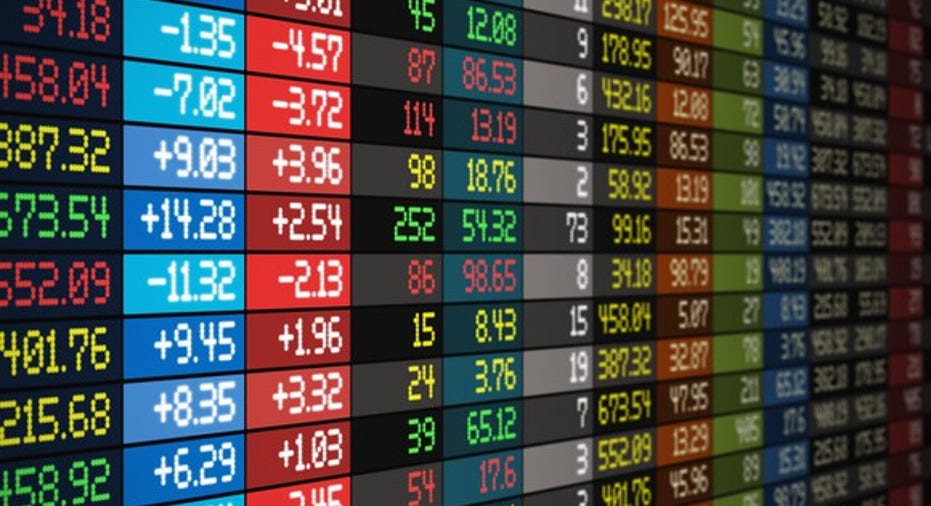Making Sense of Automated Trading's Allure in Volatile 2016

With five trading days remaining in the year, stocks persist in the throes of a classic year-end melt-up rally – though they took a pause in lightened holiday trade just before crossing the much-hyped Dow 20000 level. It’s a milestone that still eludes U.S. investors.
Still, all the same upside accelerants that been driving the market for weeks remain in place including the anticipation of a pro-growth, less regulatory environment, while totally dismissing the potential consequences of a strong dollar, enormous deficits, increasing interest rates, inflation, and trade spats. Whether this benign view is accurate or not will definitely be a major driver of the market in 2017.
I think back on the year as investors entered 2016 yearning for coherence, purpose, and meaning – only to be exposed to another highlight reel of all that can happen. A year which included four gut-wrenching, equity plunges followed by breath-taking rebounds; dire economic forecasts and fleeting respites of optimism; bond yields plummeting despite consensus saying they would rise; economic turmoil around the world, especially in China and other emerging markets; a year where consensus fell drastically short, moments when entire nations suddenly swung together and did the same thing, like a herd of cows facing a coyote.
Managing the financial affairs of others is a daunting task. Very few grasp this vocation more intimately than me as I have devoted three decades of my life advising people including plumbers, postal workers and professional athletes on the long-term benefits of broad investment diversification.
Time and experience has taught me to hold delicately any faith in guessing the economy or its markets – my familiarity of talking to ‘experts’ both on television and at work is that, like weather forecasters, though they can tell you how past patterns have worked and what the immediate future is likely to bring, they don’t control the weather and are regularly taken by surprise.
At the end of the year, I find myself reflecting on my friends, my investment advisory clients, while standing on a subway platform hidden underneath a long, mean street, one that appears always in the fog and always at dusk. Time seemed to have paused, my thoughts driven deep into the catacombs of my soul searching for a reason on the how and the why I could have - in 2016 - possibly lost over half of my clients to robotic portfolio management services that use algorithms to make asset-allocation decisions and formulas to dictate a human beings risk tolerance!
For years hints and suggestions of this technology evolution were evident and yet in 2016 those signs shown bright as crystal. The new investment normal clamors for cheaper and faster; it craves individuality and it demands optionality. For me, the robo-advisor was that over-muscled thug abruptly untying decades of his personal high-touch with atomistic high-tech. Technology seemed to mock the worth of that deep human yearning for the personal, to be treasured as an individual; replacing it with clients seen as nothing other than a formulaic on-boarding questionnaire or result of a random e-mail harvest.
As I reflect on the year that was and the year that will be, I wonder how my old clients – all with different stripes of risk-tolerance and goals - possibly made it through some of those dark market valleys last year without me – a friend and fellow human - to reassure them to ‘stay the course!’ Did they panic and sell stocks at the bottom? Did the robot field phone calls during the night of the Brexit vote or the U.S. election? Did technology know which clients preferred academic white papers over videos? Did technology know how to talk clients out of speculating with options? Did technology have reliable, human contacts to help save clients’ money on taxes and insurance?
Facts are what we have to reckon with whether we like them or not. Values are what we choose because we want them – either for ourselves or someone else. It is a fact that automated wealth management services are here to stay. Values are like the tail of a probability distribution – it winds up having the biggest impact on you and your financial future.



















